Outboard Fuel Pump vs Fuel Filter: How They Work Together to Protect Your Engine
When it comes to your outboard engine's fuel system, the relationship between the fuel pump and fuel filters is critical yet often misunderstood. These components work in tandem to ensure clean, consistent fuel delivery to your engine, but they serve distinctly different functions and require different maintenance approaches.
Understanding how these components interact can help you maintain your outboard more effectively, diagnose problems more accurately, and ultimately enjoy more reliable performance on the water. In this comprehensive guide, we'll explore the outboard fuel system from tank to engine, with a special focus on the symbiotic relationship between fuel pumps and filters.

Outboard Fuel System Components Overview
Before diving into the specific relationship between fuel pumps and filters, let's understand the complete fuel system and how each component contributes to the overall function:
1. Fuel Tank
The journey begins at the fuel tank, which stores the gasoline your engine needs. Modern boats typically use one of three tank configurations:
- Portable tanks - Smaller, removable tanks common on smaller outboards
- Built-in tanks - Permanent tanks integrated into the boat structure
- Remote tanks - Separate fixed tanks located away from the engine
Key components at the tank include the fuel cap (with vent), pick-up tube, anti-siphon valve, and tank sending unit (for fuel gauges).
2. Fuel Lines
Fuel lines transport fuel from the tank to the engine. Modern marine fuel lines must be:
- USCG-approved for marine use
- Alcohol-resistant (for ethanol-blended fuels)
- UV-resistant for outdoor durability
- Properly sized for the engine's requirements
The fuel line system includes the primer bulb, which manually pumps fuel to help with engine starting.
3. Fuel Filters
Filters remove contaminants from the fuel before they can reach sensitive engine components. Most outboard systems include multiple filters:
- Primary filter/water separator - Usually mounted between the tank and engine
- Secondary filter - Often located on the engine itself
- VST filter - Found in EFI systems within the Vapor Separator Tank
We'll explore these in much greater detail later in this article.
4. Fuel Pump
The fuel pump creates the pressure needed to move fuel from the tank to the engine. Outboards use one of two types:
- Mechanical pumps - Driven by engine pressure pulses, common in older and simpler outboards
- Electric pumps - Electrically powered, used in modern EFI systems, often in dual-pump configurations
5. Fuel Delivery System
The final component is the system that delivers fuel to the combustion chamber:
- Carburetors - Mix fuel and air in older outboards
- Fuel injectors - Precisely spray fuel in modern EFI outboards
- Direct injection - Inject fuel directly into the combustion chamber in advanced systems

Fuel Filter Types and Their Functions
Fuel filters are the guardians of your fuel system, preventing contaminants from reaching your fuel pump and engine. Let's explore the different types of filters and their specific roles:
Primary Fuel Filter/Water Separator
This is your fuel system's first line of defense, typically mounted between the fuel tank and the engine.
Key Features:
- Water separation capability - Removes water from fuel, which is particularly important with ethanol-blended fuels
- Larger particle filtration - Typically filters particles down to 10-30 microns
- Clear bowl - Allows visual inspection of collected water and contaminants
- Drain valve - Permits easy removal of collected water
- Replaceable filter element - Can be changed without replacing the entire assembly
Function in Relation to Fuel Pump:
The primary filter protects the fuel pump from larger contaminants and water that could cause corrosion, wear, or failure. By removing these harmful elements before they reach the pump, it significantly extends pump life and maintains performance.
Secondary On-Engine Fuel Filter
This filter is typically mounted on the engine itself, after the fuel pump but before the carburetor or fuel injectors.
Key Features:
- Finer filtration - Usually filters particles down to 2-10 microns
- Smaller size - Compact design to fit within the engine cowling
- Higher pressure rating - Designed to handle the pressure created by the fuel pump
- Often non-serviceable - Many must be replaced as a complete unit
Function in Relation to Fuel Pump:
The secondary filter is positioned after the fuel pump in the fuel flow path. Its primary role is to protect the precision components of the fuel delivery system (carburetors or injectors) from fine particles that might have passed through the primary filter or been introduced by the fuel pump itself.
VST (Vapor Separator Tank) Filter
Found in EFI (Electronic Fuel Injection) systems, this specialized filter is located within the Vapor Separator Tank assembly.
Key Features:
- Very fine filtration - Often filters down to 2 microns or less
- Integrated design - Part of the VST system
- High-pressure capability - Designed for the high pressures of EFI systems
- Often requires special service procedures - May need dealer service
Function in Relation to Fuel Pump:
In EFI systems with a VST, there are typically two fuel pumps: a low-pressure lift pump that moves fuel from the tank to the VST, and a high-pressure pump within the VST that delivers fuel to the injectors. The VST filter protects the high-pressure pump and injectors from any contaminants that might have passed through earlier filtration stages.

Fuel Pump Types and Their Relationship to Filters
Now that we understand the various filters in an outboard fuel system, let's examine the fuel pumps and how they interact with these filters:
Mechanical Fuel Pumps
Found in many older and simpler outboards, mechanical pumps are driven by pressure pulses from the engine's crankcase or camshaft.
Key Characteristics:
- Pulse-driven operation - No electrical components
- Diaphragm design - Uses a flexible diaphragm and one-way valves
- Lower pressure output - Typically 3-7 PSI
- Simpler construction - Fewer parts to fail
- Engine-dependent - Only operates when the engine is running
Relationship with Filters:
Mechanical pumps are particularly vulnerable to contamination because their internal diaphragms and valves can be damaged by debris. They rely heavily on proper filtration upstream (primary filter) to prevent internal damage. However, they're generally less sensitive to very fine particles than electric pumps, so the filtration requirements aren't as stringent.
Electric Fuel Pumps
Modern outboards, especially those with EFI systems, use electric pumps powered by the boat's electrical system.
Key Characteristics:
- Electrically powered - Operates independently of engine mechanical movement
- Higher pressure capability - Can produce 30-60 PSI or more for EFI systems
- Can run before engine start - Primes the system when the key is turned on
- More complex construction - Contains electric motor and precision components
- Often used in dual-pump configurations - Low-pressure lift pump and high-pressure delivery pump
Relationship with Filters:
Electric pumps, particularly high-pressure EFI pumps, require excellent filtration to prevent damage to their precision components. They depend on proper primary filtration to remove larger contaminants and water, but they also benefit from secondary filtration to protect their internal components from finer particles. In dual-pump systems, the filtration between pumps is critical for protecting the high-pressure pump from debris that might be generated by the low-pressure pump.

How Fuel Pumps and Filters Work Together
The relationship between fuel pumps and filters is symbiotic—each component depends on the other for optimal performance and longevity. Let's explore this relationship in detail:
The Workflow Process
In a typical outboard fuel system, the components work together in this sequence:
- Fuel leaves the tank through the pick-up tube and anti-siphon valve.
- It passes through the fuel line and primer bulb to the primary filter/water separator.
- The primary filter removes larger contaminants and water.
- The fuel pump (mechanical or electric) draws the filtered fuel and creates pressure to move it forward.
- The secondary filter removes finer particles after the pump.
- In EFI systems, fuel enters the VST, where it's further filtered before the high-pressure pump sends it to the injectors.
- The fuel reaches the carburetor or injectors for delivery to the engine.
The Interdependent Relationship
How Filters Protect Pumps:
- Preventing physical damage - Filters remove abrasive particles that could wear pump components.
- Preventing corrosion - Water separators remove moisture that could corrode pump internals.
- Ensuring clean fuel supply - Clean fuel allows pumps to operate at designed efficiency.
- Preventing vapor lock - Properly functioning filters help maintain consistent fuel flow to the pump.
How Pumps Affect Filters:
- Creating pressure differential - Pumps create the pressure that forces fuel through filters.
- Determining flow rate - Pump capacity affects how quickly filters must process fuel.
- Generating heat - Pump operation can heat fuel, affecting filter performance.
- Potential contamination source - Failing pumps can shed debris that clogs downstream filters.
Expert Tip:
When selecting replacement filters, always consider your fuel pump's flow rate requirements. A filter that's too restrictive can cause pump overheating and premature failure, while one that's too coarse won't provide adequate protection. Consult your engine's service manual for the correct specifications.

Common Problems and Solutions
Understanding the interplay between fuel pumps and filters helps diagnose and solve many common outboard fuel system issues:
Filter Clogging and Its Impact on Fuel Pumps
Symptoms:
- Engine power loss, especially at higher RPMs
- Difficulty maintaining plane
- Surging or inconsistent performance
- Fuel pump running louder than normal
- Engine stalling under load
What's Happening:
When filters become clogged, they restrict fuel flow, forcing the pump to work harder to pull fuel through the restriction. This creates excessive vacuum on the inlet side of the pump, which can cause these problems:
- Cavitation - Formation of vapor bubbles that collapse violently, damaging pump components
- Overheating - Increased workload causes pump to run hotter than designed
- Premature wear - Additional stress accelerates component wear
- Diaphragm damage - In mechanical pumps, excessive vacuum can stretch and damage diaphragms
Solution:
- Replace filters according to manufacturer's maintenance schedule
- Inspect filters more frequently when using ethanol-blended fuels
- Consider upgrading to larger capacity filters for better flow
- Address any fuel quality issues that might be causing accelerated filter clogging
Fuel Pump Failure and Its Impact on Filters
Symptoms:
- Engine hard starting or no-start condition
- Rapid filter contamination after replacement
- Visible debris in filter bowls
- Fuel pressure lower than specifications
What's Happening:
When a fuel pump begins to fail, it can generate debris from internal component wear. This debris then flows downstream, quickly clogging filters that would normally last much longer:
- Metal particles - From worn pump impellers or motor brushes
- Rubber/plastic debris - From deteriorating diaphragms or seals
- Inconsistent pressure - Failing pumps may produce pressure spikes that stress filter elements
Solution:
- If filters clog repeatedly soon after replacement, inspect the fuel pump
- When replacing a failed pump, always replace all filters in the system
- Check for unusual debris in filter bowls that might indicate pump deterioration
- Consider fuel system flushing after a catastrophic pump failure

Maintenance Recommendations
Proper maintenance of both fuel pumps and filters is essential for reliable outboard performance. Here are our recommendations for keeping your fuel system in top condition:
Filter Replacement Schedule
Follow these guidelines for optimal filter maintenance:
- Primary filter/water separator - Replace every 50-100 hours or annually, whichever comes first
- Secondary on-engine filter - Replace every 100 hours or annually
- VST filter - Replace according to manufacturer recommendations, typically every 200-300 hours
Adjust these intervals based on your specific conditions:
- More frequent replacement if using ethanol-blended fuels
- More frequent replacement in areas with poor fuel quality
- More frequent inspection if boat is used infrequently
- Immediate replacement if water or contamination is visible in filter bowls
System Inspection Checklist
Regular inspections can catch problems before they lead to failures:
Monthly Inspections:
- Check primary filter bowl for water or debris
- Drain water separator collection bowls
- Inspect fuel lines for cracks, softening, or damage
- Check for fuel leaks around filters and pump connections
- Verify primer bulb operation and condition
Annual Inspections:
- Replace all filters according to schedule
- Inspect fuel pump mounting and connections
- Check fuel pump pressure (if equipment available)
- Inspect fuel tank for water or contamination
- Check anti-siphon valve operation
- Inspect all fuel system electrical connections
Optimizing the Relationship Between Pumps and Filters
These practices will help your fuel pumps and filters work together optimally:
- Use OEM or equivalent quality filters - Cheap filters may not provide adequate protection
- Match filter flow capacity to engine requirements - Undersized filters restrict flow
- Consider filter upgrades for ethanol fuels - 10-micron or finer water separators are recommended
- Replace related components during pump service - New filters should always accompany a new pump
- Use fuel stabilizers appropriately - Prevents gum and varnish that can clog filters and damage pumps
- Consider additional filtration for problematic fuel sources - Portable filters can be used when filling tanks
Expert Tip:
When replacing filters, fill the new filter with clean fuel before installation when possible. This reduces the amount of air in the system and makes priming easier, reducing the strain on your fuel pump during the restart process.

System Upgrades and Improvements
For boat owners looking to enhance their fuel system's reliability, these upgrades can improve the relationship between your fuel pump and filters:
Additional Filtration Options
- Multi-stage filtration systems - Adding an additional filter stage can provide extra protection
- Clear bowl upgrades - Replacing solid bowls with clear ones allows visual inspection
- Water-sensing filters - Filters with water detection sensors provide early warning
- Larger capacity filters - Upgrading to filters with more surface area improves flow and extends service intervals
- Fuel polishing systems - Continuous filtration systems that clean fuel even when the engine isn't running
Fuel Pump Enhancements
- Electric pump conversions - Replacing mechanical pumps with electric ones for more consistent pressure
- Dual pump setups - Adding redundancy for critical applications
- High-flow pumps - Upgrading to higher capacity pumps for modified engines
- Adjustable pressure regulators - Fine-tuning fuel pressure for optimal performance
- Monitoring systems - Adding fuel pressure gauges or electronic monitoring
System Integration Improvements
- Improved mounting locations - Relocating filters for easier access and service
- Quick-disconnect fittings - Making filter changes cleaner and easier
- Fuel coolers - Reducing fuel temperature for better pump and filter performance
- Return-style systems - Converting to return-style fuel systems for more consistent pressure
- Fuel system monitoring - Adding pressure and flow sensors for real-time feedback
Expert Tip:
Before making any significant upgrades to your fuel system, consult with a marine technician familiar with your specific outboard model. Some modifications may affect warranty coverage or require additional changes to maintain proper system balance.
Conclusion: The Importance of System Balance
The relationship between your outboard's fuel pump and filters is a perfect example of how components in a marine engine must work together harmoniously. Neither component can function optimally without the other performing its role correctly.
Filters protect pumps from contamination and damage, while pumps create the pressure and flow that allow filters to do their job effectively. This interdependence means that proper maintenance of both components is essential for reliable performance and longevity.
By understanding how these components interact, you can make better maintenance decisions, diagnose problems more accurately, and potentially prevent costly repairs. Remember these key points:
- Regular filter replacement protects your fuel pump from premature failure
- A properly functioning fuel pump ensures consistent flow through your filters
- System upgrades should consider the relationship between these components
- When one component fails, always check the other for related issues
- Quality matters—using premium filters and pumps pays dividends in reliability
At JLM Marine, we offer high-quality OEM-specification fuel pumps, filters, and system components for all major outboard brands. Our products are manufactured to strict quality standards in ISO9002 certified facilities, ensuring the same performance and durability as original equipment at competitive prices.
Invest in the health of your fuel system, and it will reward you with reliable performance and fewer headaches on the water.
Frequently Asked Questions About Outboard Fuel Pumps and Filters
Can a clogged fuel filter damage my fuel pump?
Yes, a clogged fuel filter can definitely damage your fuel pump. When a filter becomes restricted, the pump must work harder to pull fuel through the clogged element, creating excessive vacuum on the inlet side. This increased workload can cause several problems: the pump may overheat from running at higher than designed effort; cavitation can occur when the extreme vacuum causes fuel to vaporize and then collapse violently, damaging pump components; and in mechanical pumps, the diaphragm can stretch and tear from excessive vacuum. Electric pumps may draw more current when struggling against a restriction, potentially overheating their motors or wearing out brushes prematurely. To prevent these issues, follow the manufacturer's recommended filter replacement intervals, and inspect filters more frequently if you use ethanol-blended fuels or operate in areas with questionable fuel quality.
What's the difference between a fuel filter and a water separator?
While often combined into a single unit in marine applications, fuel filters and water separators serve distinct functions. A fuel filter's primary purpose is to remove solid contaminants like dirt, rust, and debris from the fuel through a porous filter element. The filter element may be paper, synthetic material, or metal mesh, with various micron ratings indicating the size of particles it can trap. A water separator, on the other hand, is specifically designed to remove water from the fuel. It typically uses the principle that water is heavier than gasoline and will sink to the bottom of the separator bowl. Many water separators also use special coalescing elements that cause water droplets to combine into larger drops that fall more easily to the collection bowl. In marine applications, most primary filters are combination units that perform both functions, often called "fuel filter/water separators." These are particularly important with ethanol-blended fuels, which are more prone to water absorption and phase separation. Secondary filters on the engine typically focus more on fine particle filtration rather than water separation.
Should I upgrade to a larger fuel filter for my outboard?
Upgrading to a larger fuel filter can be beneficial in several situations, but it's not necessary for every application. Consider upgrading if: you frequently experience clogged filters due to poor fuel quality; you use your boat in areas where fuel quality is inconsistent; you've upgraded your engine for higher performance and increased fuel consumption; you use ethanol-blended fuels that tend to carry more contaminants; or you want to extend the service intervals between filter changes. Larger filters offer more surface area, which means they can trap more contaminants before becoming restricted and can handle higher flow rates without creating excessive pressure drop. However, when upgrading, ensure the new filter is compatible with your system's pressure requirements and has the appropriate port sizes and mounting options. Also consider the filter's location—larger filters need more space and should be accessible for service. Always use filters with the correct micron rating for your engine; going too fine can restrict flow unnecessarily, while too coarse won't provide adequate protection.
How often should I replace my outboard's fuel filters?
The optimal replacement interval for outboard fuel filters depends on several factors, but general guidelines are: Primary filter/water separators should be replaced every 50-100 hours of operation or annually, whichever comes first. Secondary on-engine filters typically require replacement every 100 hours or annually. VST filters in EFI systems generally last longer, with replacement recommended every 200-300 hours according to manufacturer specifications. However, these intervals should be adjusted based on your specific circumstances. If you use ethanol-blended fuels, consider more frequent replacement due to the increased likelihood of water and contaminants. Boats used in areas with poor fuel quality or those that sit unused for extended periods may need more frequent filter changes. Always inspect clear filter bowls regularly for signs of water or contamination, and replace filters immediately if you notice discoloration, debris, or water accumulation. After any fuel system service or if you suspect contaminated fuel, replace filters as a precautionary measure. Remember that filter replacement is inexpensive insurance against costly fuel pump and injector repairs.
Hi—I’m Jim Walker
I grew up in a Florida boatyard, earning pocket money (and a few scars) by rebuilding outboard carbs before I could drive. That hands-on habit carried me through a Ph.D. in mechanical engineering, where I studied how salt water quietly murders metal.
I spent ten years designing cooling systems for high-horsepower outboards, then joined JLM Marine as CTO. We bench-test every new part in the lab, but I still bolt early prototypes onto my own 23-foot skiff for a weekend shake-down— nothing beats real wake and spray for finding weak spots.
Here on the blog I share the fixes and shortcuts I’ve learned so your engine—and your day on the water—run smooth.

For Outboard Owners:
To assist you in maintaining and repairing your marine engines, we hope the following resources may be of use:
-
Fuel Pumps from JLM Marine
-
Fuel Pump Kits from JLM Marine
About JLM Marine
Founded in 2002, JLM Marine has established itself as a dedicated manufacturer of high-quality marine parts, based in China. Our commitment to excellence in manufacturing has earned us the trust of top marine brands globally.
As a direct supplier, we bypass intermediaries, which allows us to offer competitive prices without compromising on quality. This approach not only supports cost-efficiency but also ensures that our customers receive the best value directly from the source.
We are excited to expand our reach through retail channels, bringing our expertise and commitment to quality directly to boat owners and enthusiasts worldwide.

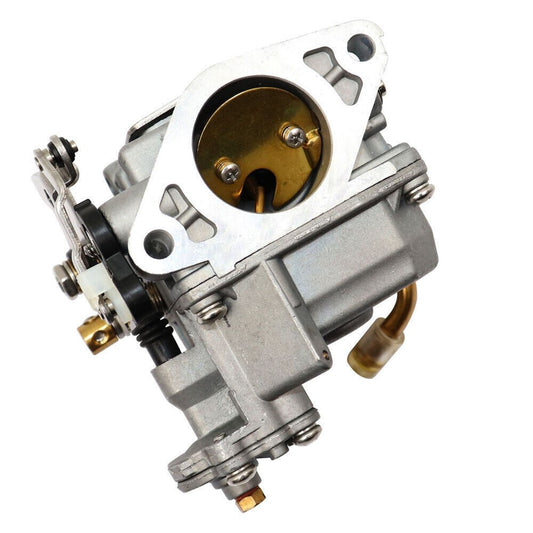
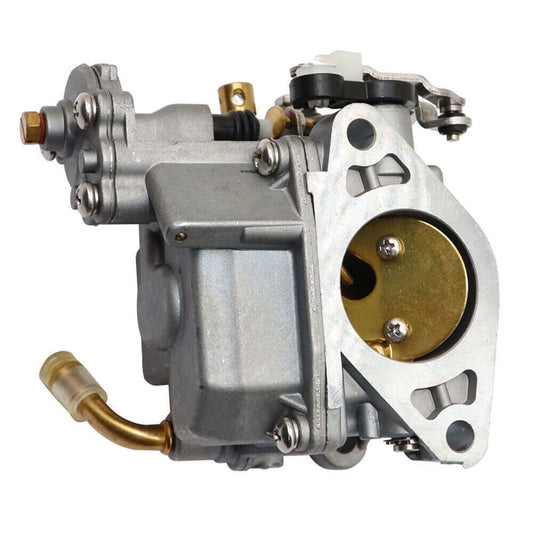
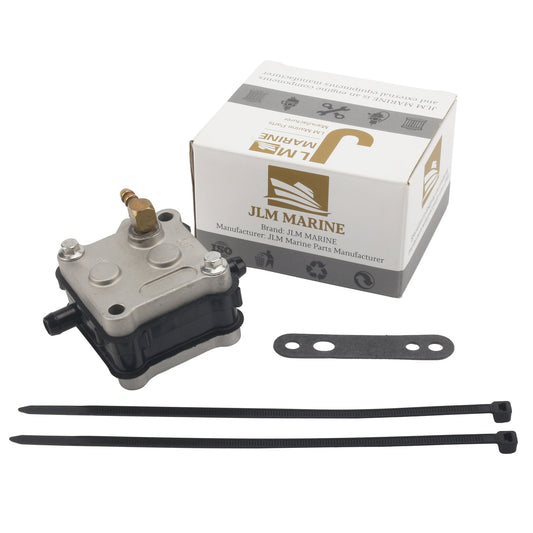
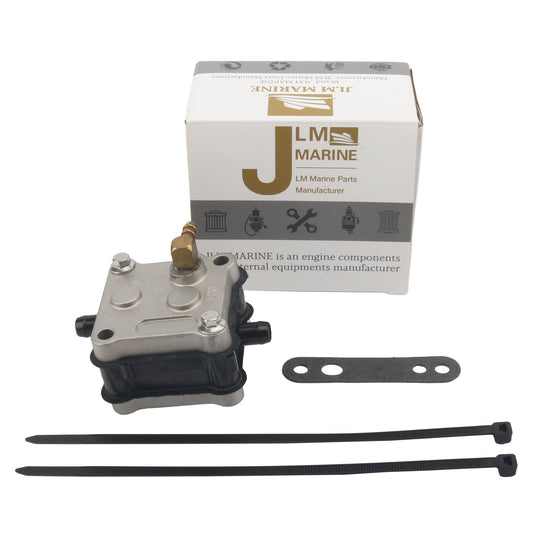
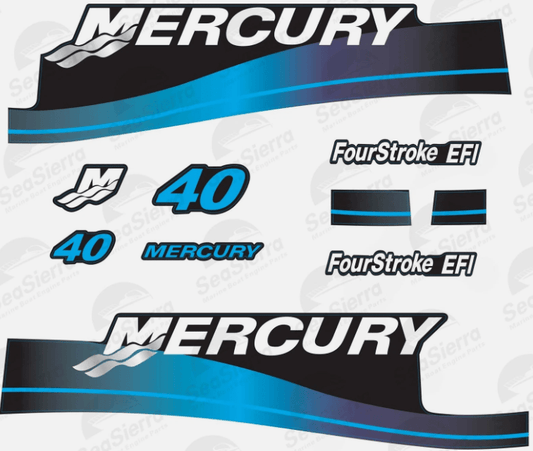
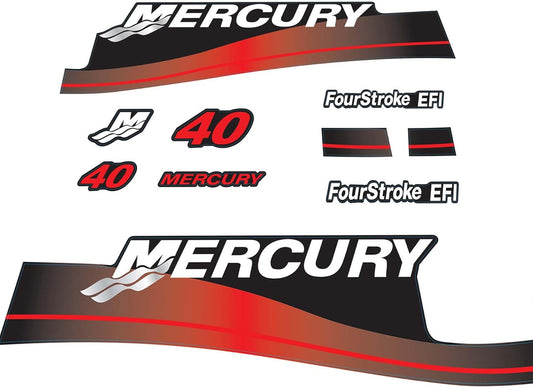
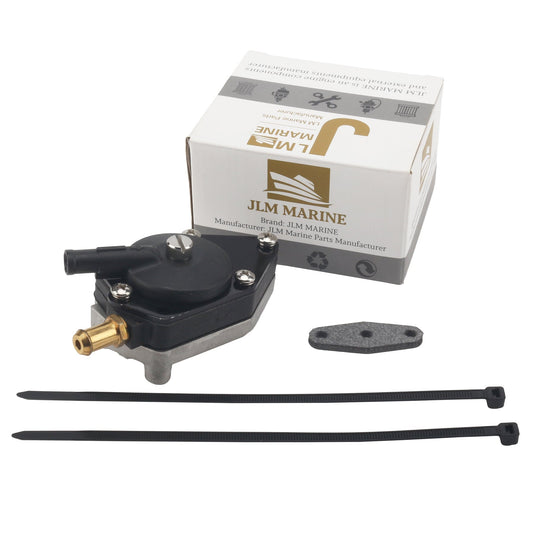
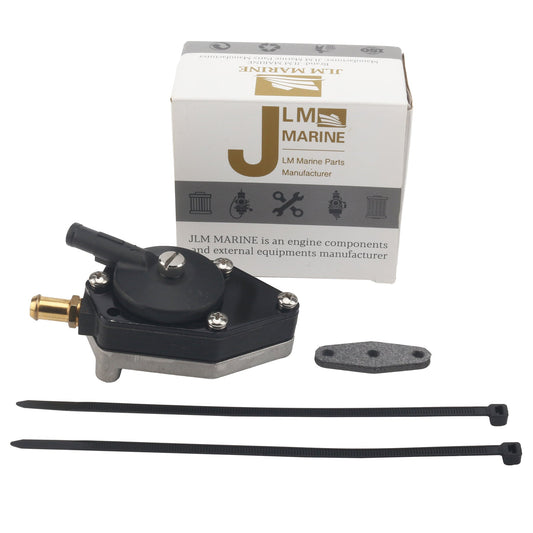
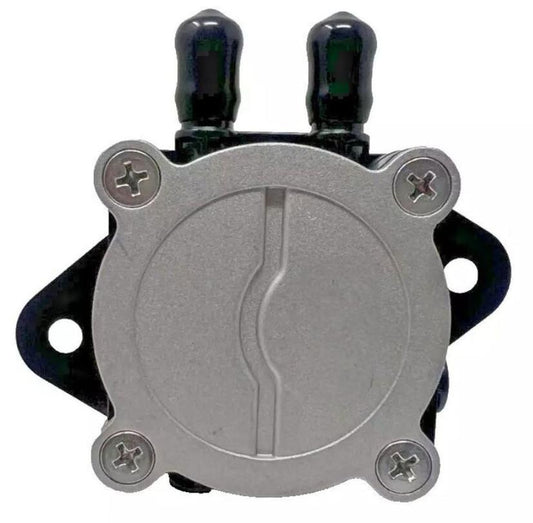

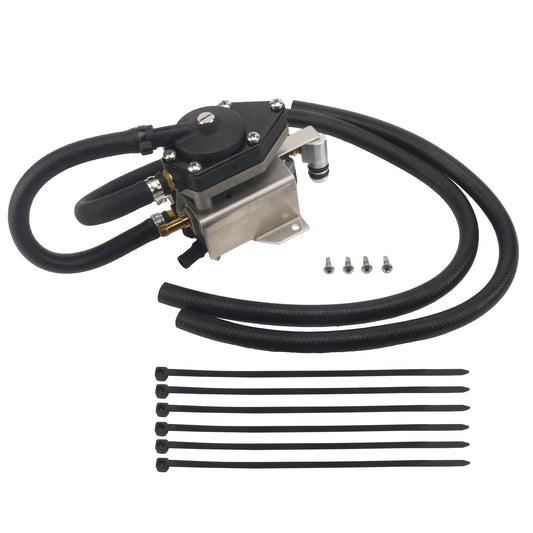
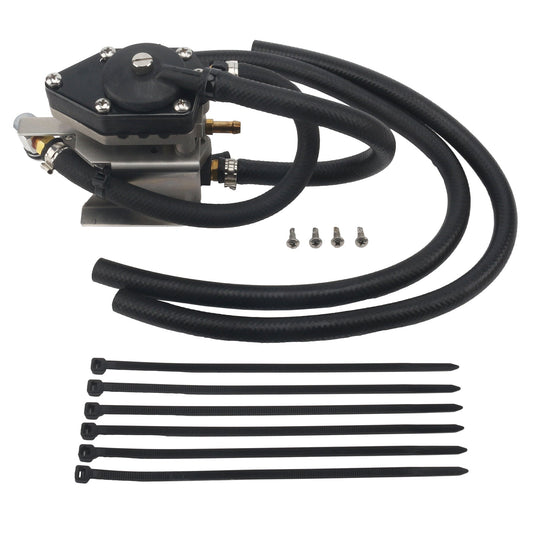
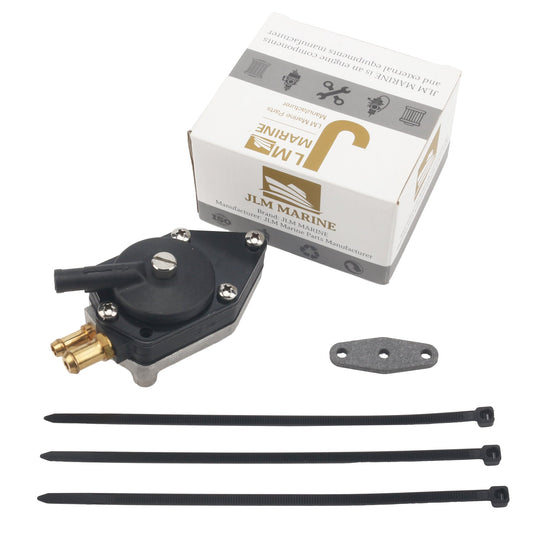
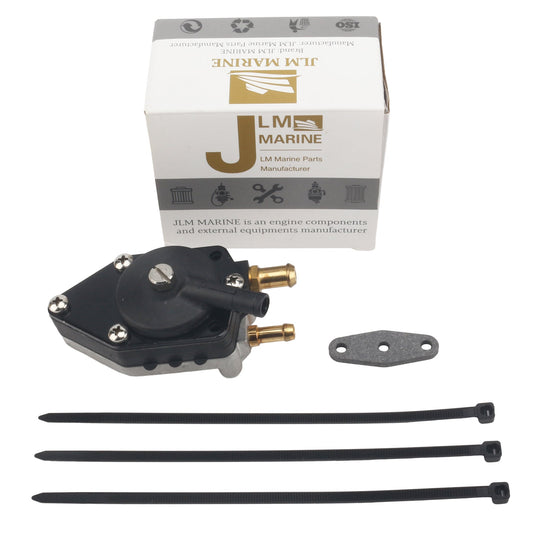
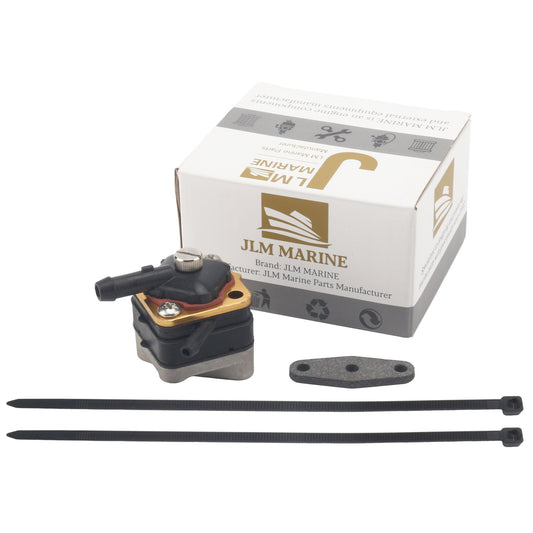
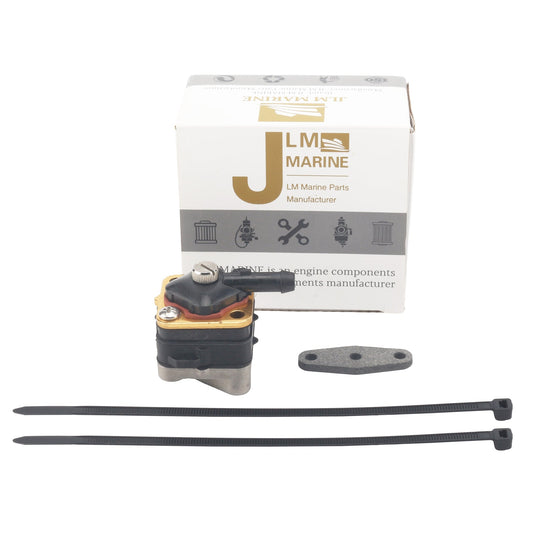
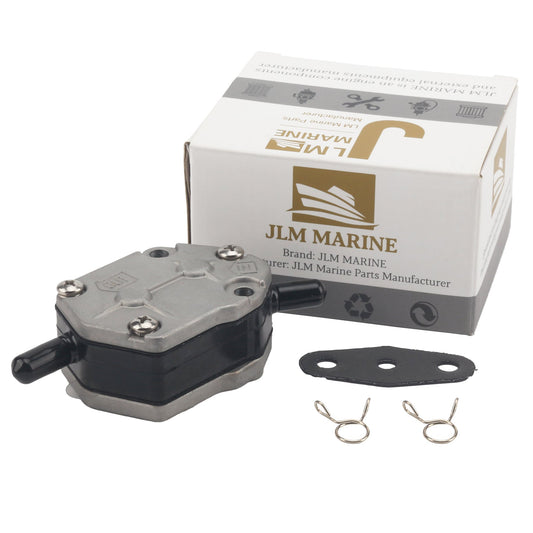
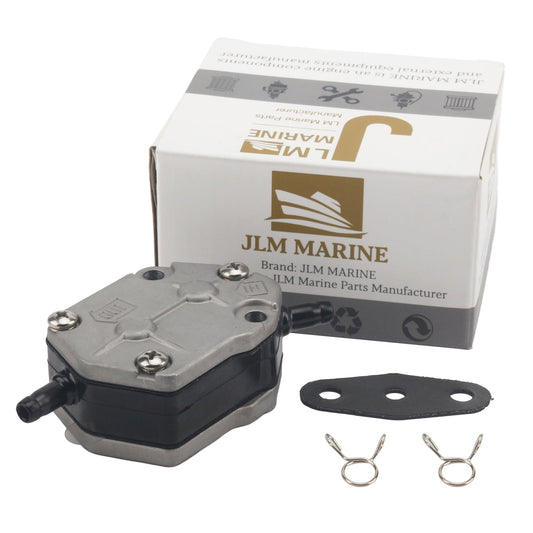

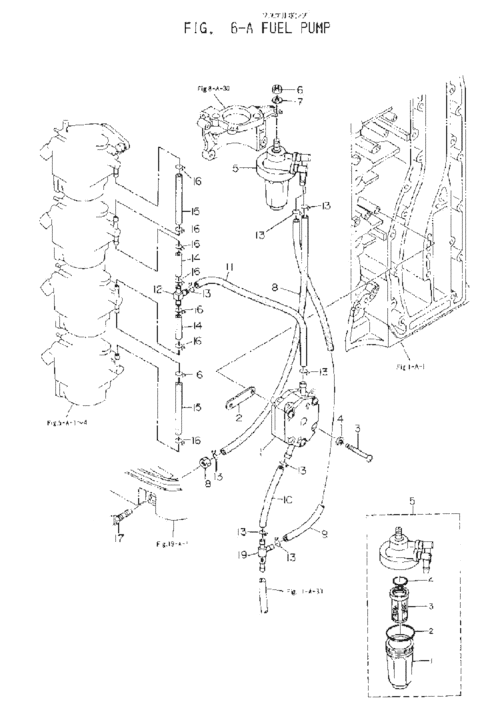
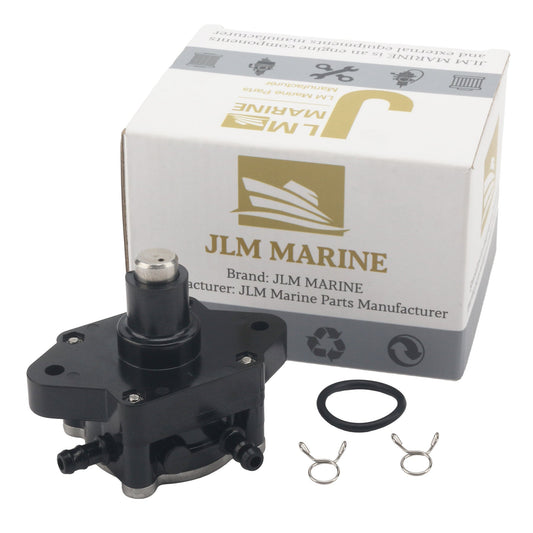
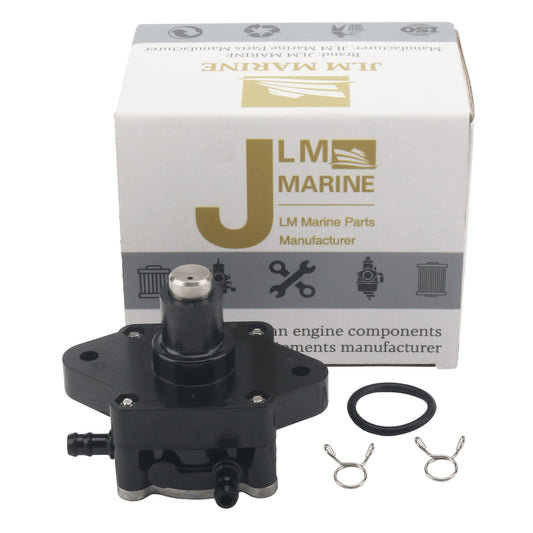

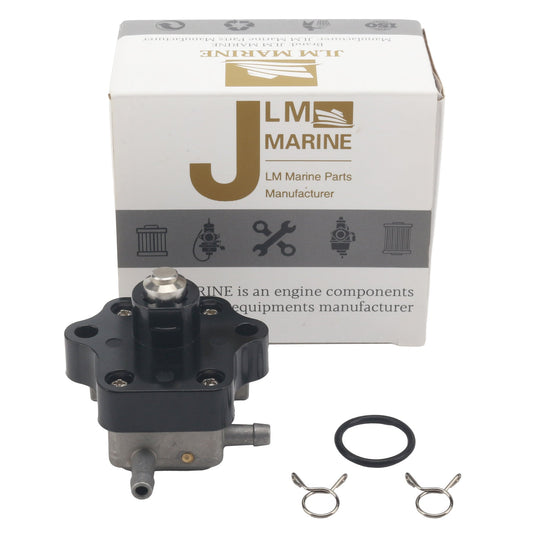
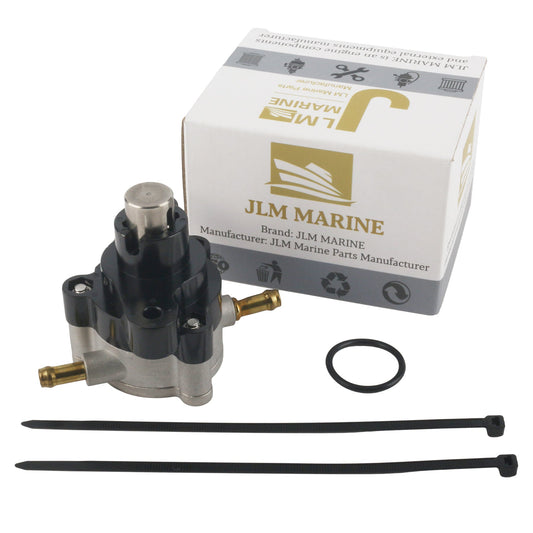
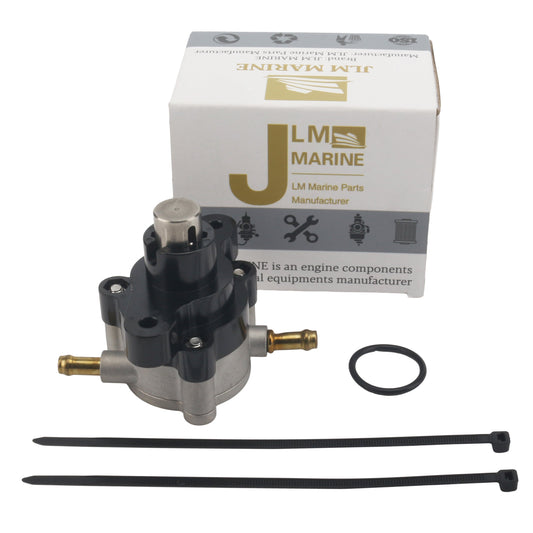
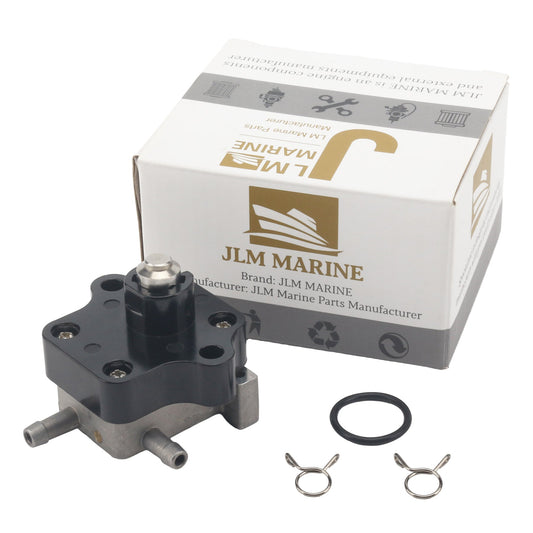
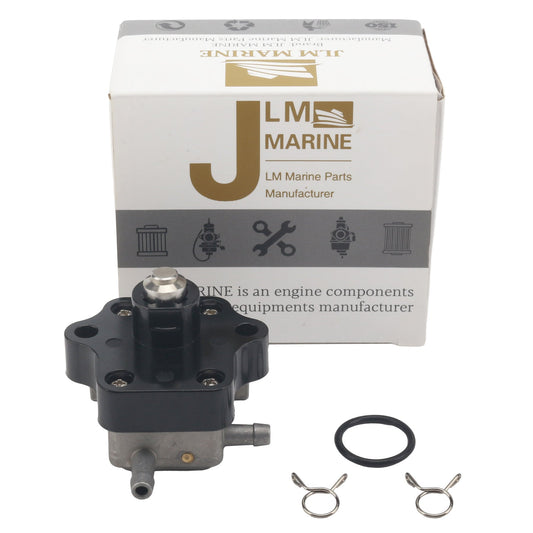
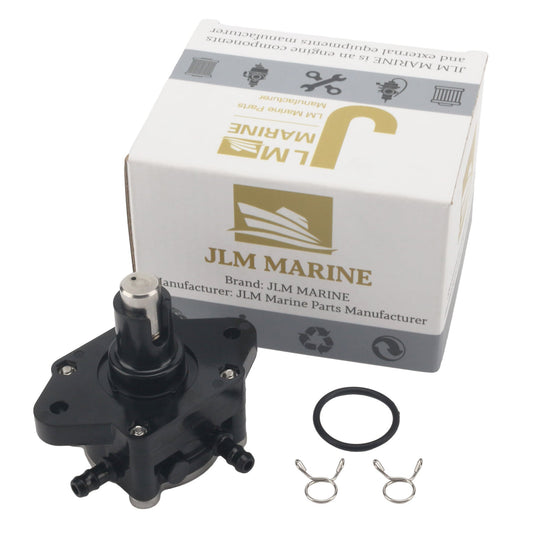
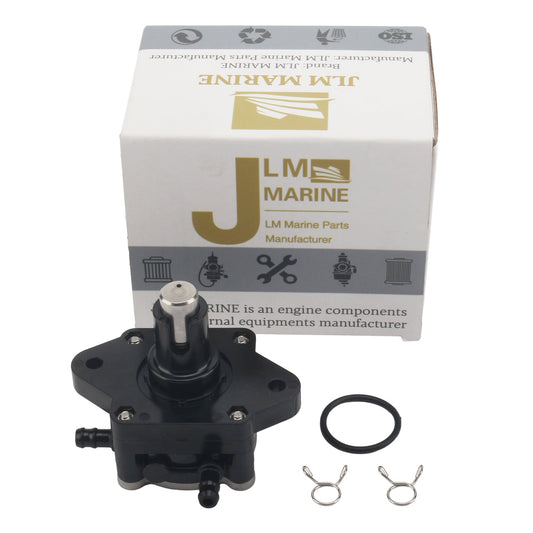
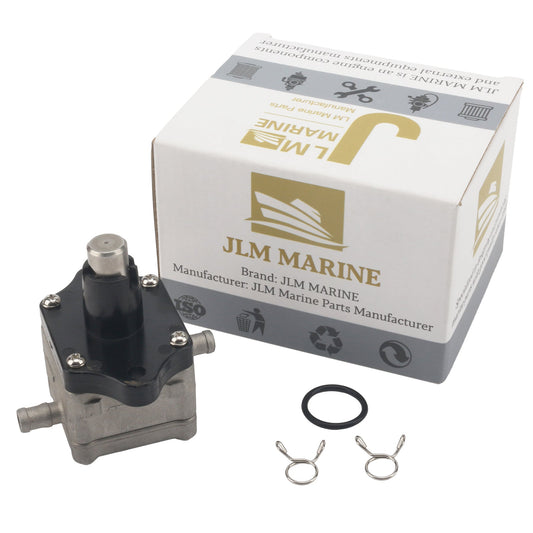
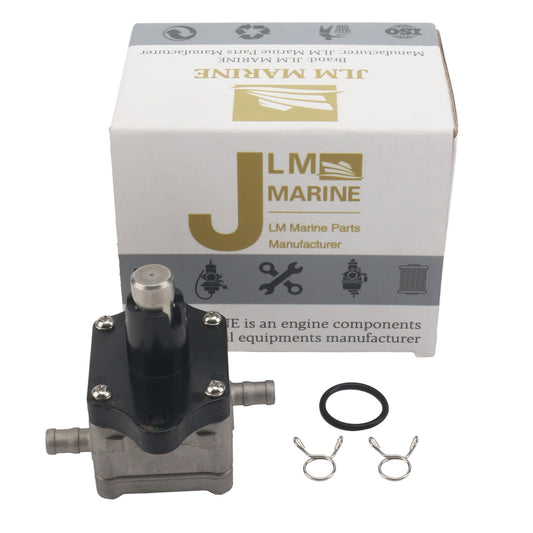
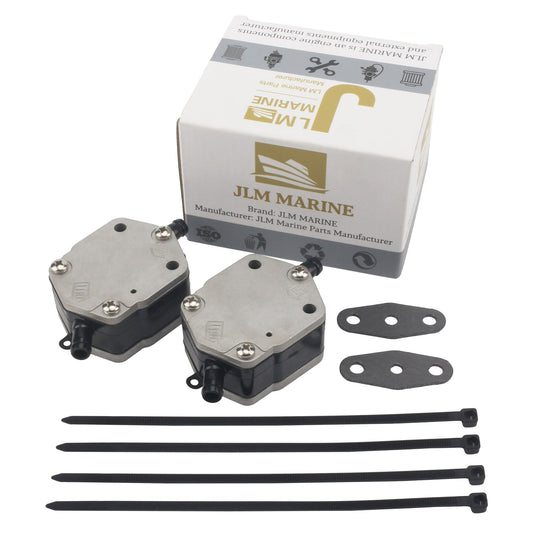
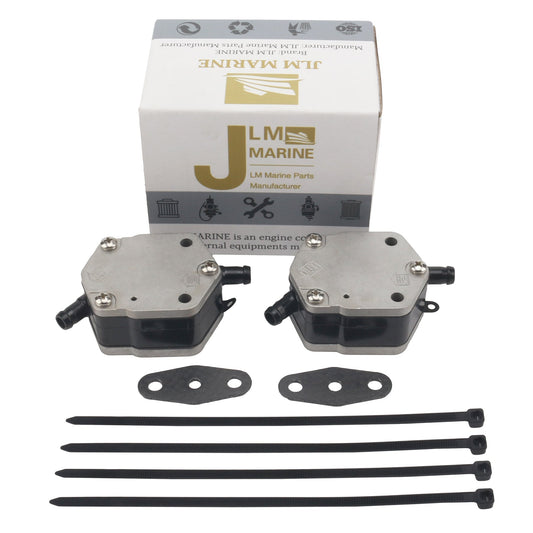

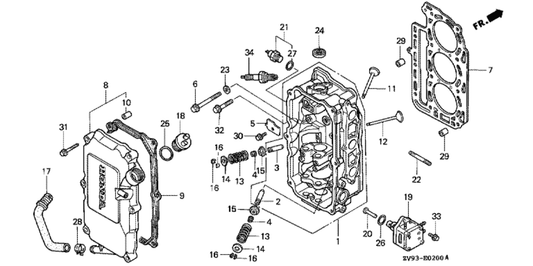
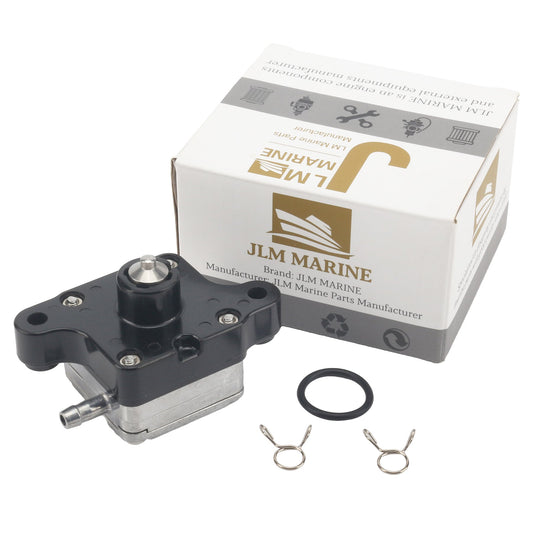
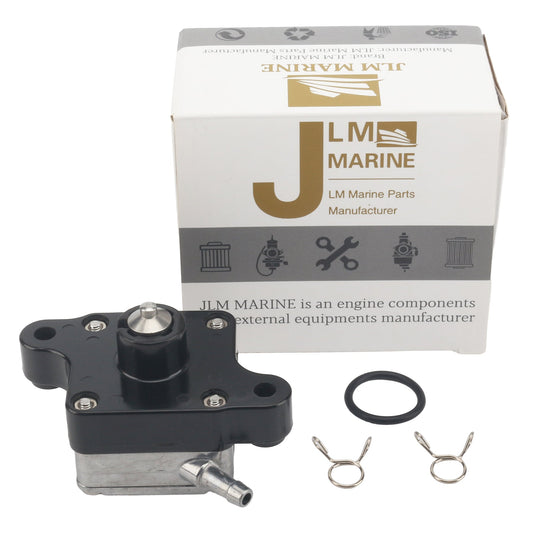

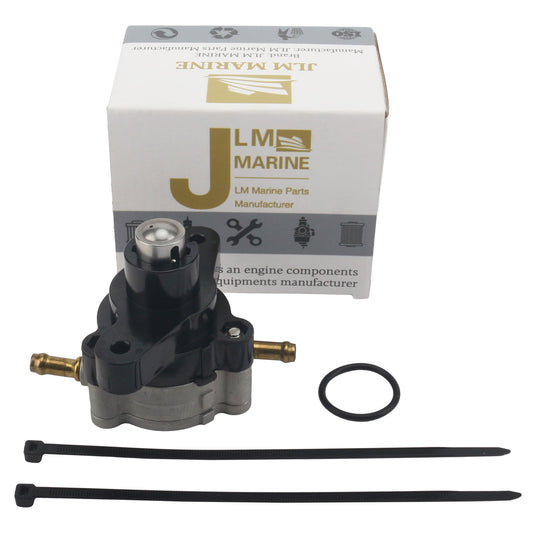
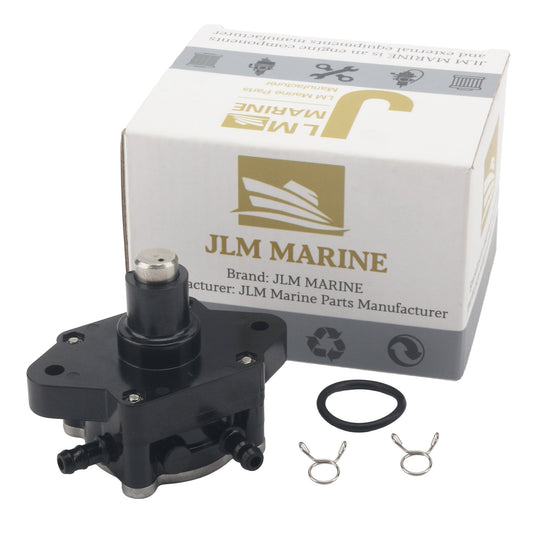
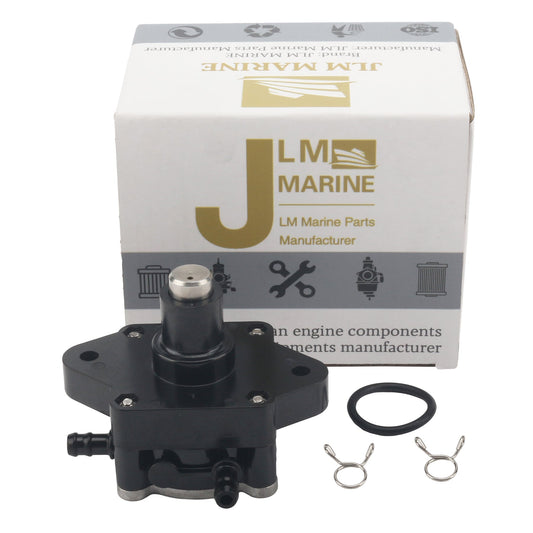
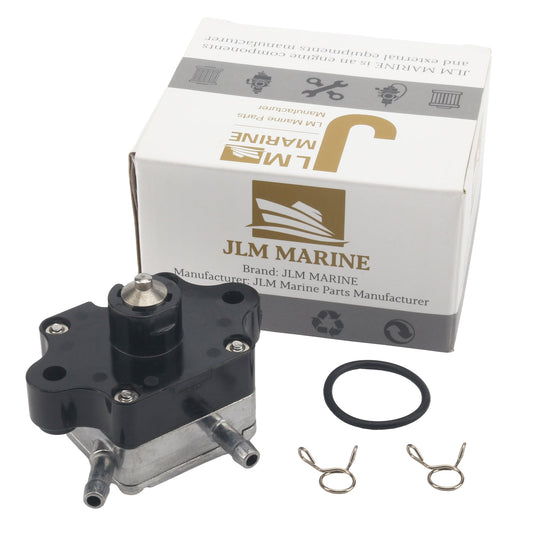

Leave a comment
Please note, comments need to be approved before they are published.